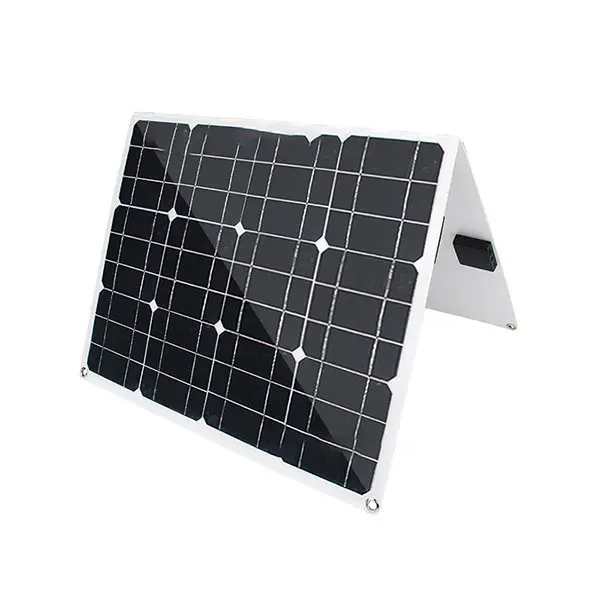Solar panels have become an increasingly popular form of green energy over the years. They are the most efficient way to convert solar energy into electricity, reducing our carbon footprint and contributing to a sustainable future. While most people are familiar with the benefits of solar power, few understand how solar panels are made. In this article, we’ll explore the manufacturing process of solar panels and the techniques used to make them.
The production of solar panels usually involves three main stages: the manufacture of solar cells, the assembly of solar cells into modules, and finally the integration of the modules into solar panels. All of these stages require a combination of advanced materials and precise manufacturing techniques.
The first step in creating a solar panel is to produce the solar cells yourself. These cells are tiny thin sheets of silicon that have been specially treated to form a positive layer on one side and a negative layer on the other. Once the silicon wafers are ready, they are coated with an anti-reflective material, which helps the cells absorb more light energy.
After creating solar cells, assemble them into modules. These modules consist of multiple batteries connected by thin wires. These wires are designed to carry the electricity generated by each cell to the rest of the module. Then cover the battery and wires with a protective layer likeglass to make sure they won’t be damaged by the elements.
The final step in creating a solar panel is integrating the modules into a unit. These modules are mounted on the frame along with other components such as junction boxes and wiring. The junction box allows the solar panels to be connected to an inverter, which converts the direct current generated by the solar panels into alternating current that can be used to power homes and other buildings.
While the manufacture of solar panels may seem simple, there are many factors that affect the quality and efficiency of the final product. The purity of the silicon used in the cell, the thickness of the anti-reflective coating, and the precision of the wiring all play an important role in determining the effectiveness of a solar panel.
In conclusion, the manufacture of solar panels requires a combination of advanced materials and precise manufacturing techniques. While the process may seem complicated, the end result is well worth the effort. Solar panels are a key component in the transition to a more sustainable future, providing clean, efficient and renewable energy for future generations. So, next time you see a solar panel, remember the engineering and technology that went into creating it!
Post time: May-26-2023
